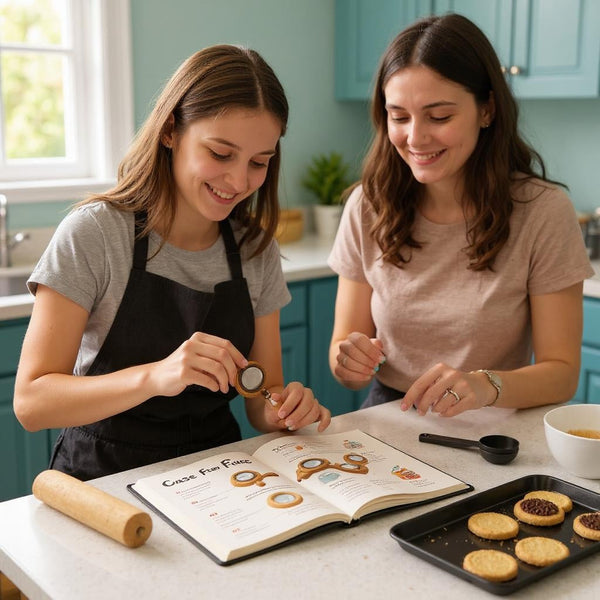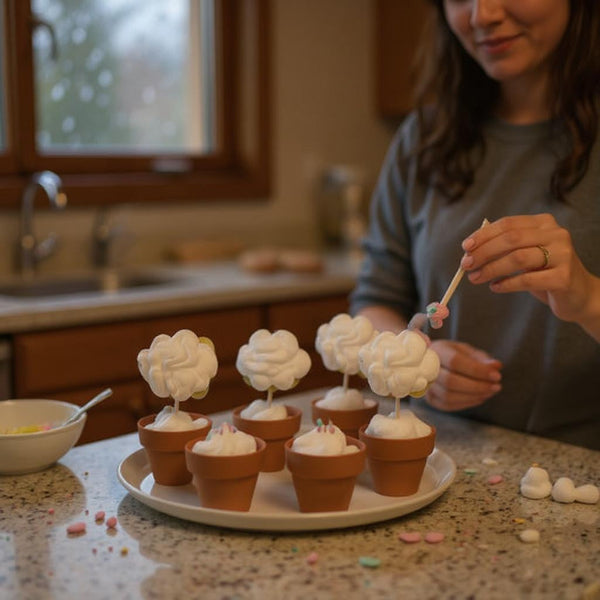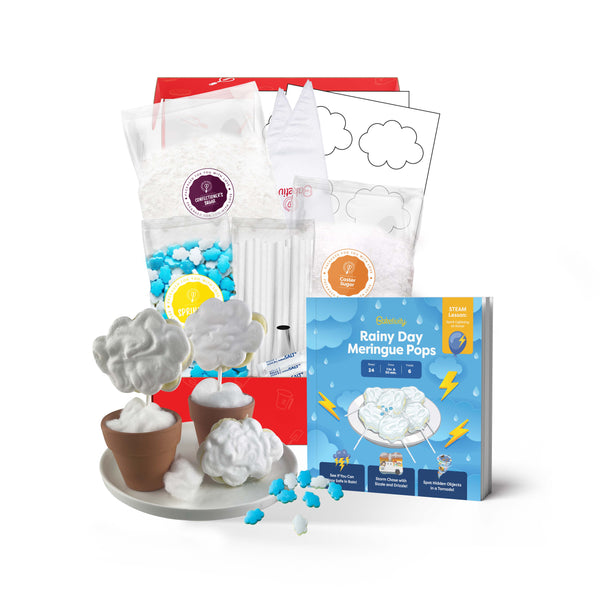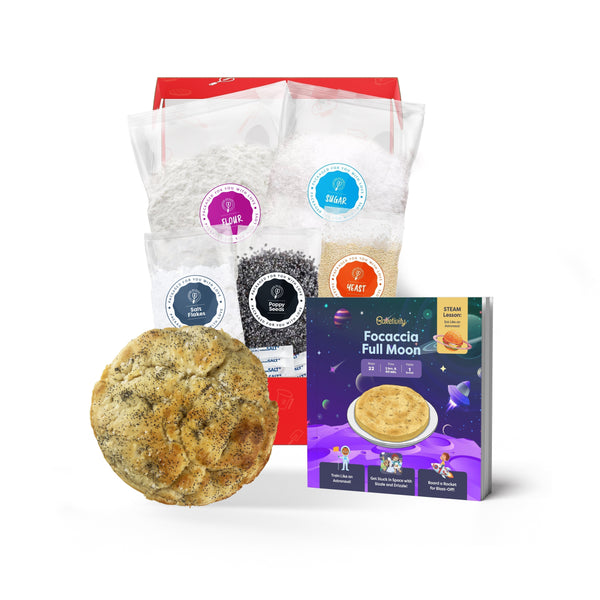Key Takeaways
- Homeschooling creative writing offers flexibility, allowing a personalized approach to nurture each child's unique storytelling skills and imagination.
- Using prompts, journaling, and reading can inspire creativity and make writing both engaging and approachable for children.
- Incorporating resources such as books, online courses, and writing communities enhances learning and fosters collaboration.
- Balancing creativity with structure ensures children develop essential writing skills while exploring their personal voice.
- Overcoming challenges like writer's block and maintaining steady progress requires a mix of low-pressure writing activities, achievable goals, and regular practice.
Creative writing has a special way of sparking imagination and helping us express thoughts that may otherwise go unspoken. For families embracing homeschooling, teaching this skill can feel both exciting and a little overwhelming. How do we encourage creativity while building essential writing skills?
We understand the challenges of balancing structure with freedom, especially when fostering a love for writing. Every child has their own voice waiting to be discovered, and homeschooling gives us the chance to nurture that in a personalized way. What if we could turn writing lessons into moments of inspiration and self-expression?
By focusing on strategies that make creative writing engaging and approachable, we can help our children find joy in storytelling. Let’s explore how to create an environment where their ideas flow freely and their confidence grows with every word they write.
Benefits Of Homeschooling Creative Writing
Homeschooling offers a supportive space to nurture a love for creative writing. It allows children the freedom to explore their imagination while learning essential communication skills.
Flexibility In Learning
Homeschooling adapts to each child's writing pace. Some may prefer structured lessons, while others thrive with open-ended assignments. We can plan activities that align with both their interests and abilities. For instance, adjusting the schedule to write at peak creativity times or focusing on genres they enjoy builds enthusiasm for the process. How does your child best engage in learning?
Personalized Writing Approach
Teaching creative writing at home means focusing directly on our child's strengths and challenges. If one child excels in storytelling but struggles with grammar, we can design lessons that strengthen technical skills while fostering their narrative talents. This approach develops confidence without overwhelming them. What areas of writing does your child find most exciting or challenging?
Encouraging Creativity
A home environment supports freedom of expression, which sparks innovation. We can inspire kids with writing exercises, like creating stories from photos or using prompts to brainstorm original ideas. Encouraging experimentation helps them explore new ways to express themselves. How often do we give our children opportunities to think outside the box?
Strategies For Teaching Creative Writing At Home

Teaching creative writing at home offers a chance to nurture a child's imagination and storytelling skills. By using engaging techniques, we can create meaningful writing experiences that encourage growth and self-expression.
Utilizing Writing Prompts
Writing prompts spark creativity by guiding children with specific ideas or themes. We can use prompts that cover various topics, such as "Describe a magical forest you discovered" or "Write a letter to your future self." These suggestions help children focus while still allowing them to invent details. Offering both visual prompts, like a picture of a bustling marketplace, and textual ones keeps the activity fresh. Including prompts inspired by seasons or holidays can also add relevance and excitement.
Incorporating Reading To Inspire Writing
Reading enriches vocabulary and introduces new storytelling techniques. We can encourage children to explore different genres, from fantasy to historical fiction, to fuel their imagination. After reading a chosen book, asking questions like, "How could the ending change?" or "What would you do in the protagonist's place?" can spark deeper reflections. Pairing this with writing exercises, such as continuing the story of a favorite character, connects reading and writing in an engaging way.
Encouraging Journaling And Free Writing
Journaling provides a space for self-expression without worrying about grammar or structure. We can motivate children to journal daily by suggesting prompts like "What made you smile today?" or "Something I learned this week." Free writing, where students write continuously for a set period, helps put ideas on paper without overthinking. Both practices build confidence and develop the habit of writing regularly. Providing colorful notebooks or quiet settings can make journaling time more appealing.
Tools And Resources For Homeschooling Creative Writing

Teaching creative writing at home becomes more effective with the right tools. By incorporating diverse resources, we can inspire young writers to explore their creativity and improve their skills.
Recommended Books And Workbooks
Books and workbooks provide structured guidance for honing writing abilities. They offer exercises, lessons, and insights that benefit both beginners and advanced learners. For younger children, story creation workbooks with visual prompts encourage imagination. Middle and high school students often benefit from collections of essays or comprehensive guides on storytelling techniques. What types of stories spark your child’s interest? Selecting resources that align with their preferences can make the process more enjoyable.
Online Courses And Platforms
Online courses combine expert advice with practical activities. Many platforms feature programs covering essential writing elements like plot development, character creation, and descriptive language. These courses usually allow self-paced learning, making it easier to fit into homeschool schedules. Are self-guided platforms or interactive lessons more suitable for your family? Exploring these formats can enhance your homeschool writing curriculum.
Writing Communities For Homeschoolers
Writing communities allow children to connect with peers who share their enthusiasm for creative expression. Virtual forums or local homeschool writing groups can foster collaboration and constructive feedback. These spaces provide an opportunity to share stories, participate in contests, or exchange ideas. How might joining a supportive group encourage your child’s confidence in writing? Engaging with others gives young writers the motivation to grow.
Common Challenges And How To Overcome Them
Homeschooling creative writing can present challenges, but understanding them helps us address them effectively. Identifying obstacles and strategizing solutions fosters a rewarding writing journey for children.
Managing Writer's Block
Writer's block can frustrate both parents and students. Encouraging small, manageable writing activities helps ease pressure. For instance, try 10-minute free writes based on intriguing prompts. Create a low-pressure environment where children feel free to explore ideas without worrying about perfection. Asking open-ended questions like, “What would happen if...?” can spark imagination. Additionally, reading diverse stories together can inspire new perspectives and creative ideas.
Balancing Creativity With Structure
Balancing open-ended creativity and structured learning can feel tricky. Providing a flexible framework while allowing room for personal expression supports growth. For example, use creative rubrics or outlines to guide story development while leaving space for imaginative twists. Focus on building foundational skills, such as grammar and plot structure, during specific lessons, then allow unrestricted free-writing sessions. How do we let children explore their unique style while teaching essential writing elements? Through this blend of structured guidance and creative freedom.
Ensuring Consistent Progress
Maintaining steady writing progress requires persistence and guidance. Regular practice days, like a dedicated "writing hour," make writing a consistent habit. Consider setting achievable goals, such as completing one short story or journal entry weekly. Celebrate milestones to motivate children, enhancing their confidence. How do we keep enjoyment at the forefront while encouraging progress? By blending structured rewards with ongoing encouragement and creating writing moments that feel more like discovery than obligation.
Conclusion
Homeschooling creative writing opens the door to endless possibilities for nurturing imagination and self-expression. By embracing a flexible and personalized approach, we can inspire our children to explore their unique voices and develop essential writing skills.
With the right tools, strategies, and encouragement, we can create an environment where storytelling becomes a joyful and rewarding experience. Let’s continue to foster creativity and confidence in our young writers, helping them unlock their full potential one word at a time.
Frequently Asked Questions
What is the importance of creative writing in homeschooling?
Creative writing in homeschooling fosters children’s imagination, self-expression, and communication skills. It allows personalized learning, making it easier to tailor activities to a child’s pace, strengths, and interests while building confidence and nurturing storytelling abilities.
How can parents make creative writing fun for children?
Parents can use tools like writing prompts, journaling, and free writing to spark creativity. Incorporating reading, exploring various genres, and engaging in discussions about stories also make writing enjoyable. Creating a positive, low-pressure environment helps kids feel inspired and motivated.
What are some recommended resources for homeschooling creative writing?
Helpful resources include age-appropriate books, workbooks, and online courses focusing on creative writing. Online platforms with expert guidance, writing exercises, and homeschool-friendly schedules can also enhance learning. Writing communities are a great way for children to share work and build confidence.
How can homeschooling help address writer's block?
To manage writer's block, create a low-pressure environment and encourage small, manageable writing tasks. Writing prompts, brain breaks, and free writing can help children explore ideas without stress, making it easier to stay motivated and inspired.
What role does structure play in teaching creative writing at home?
Structure helps set clear goals and ensure consistent practice. It provides guidance without overwhelming children. Balancing structure with freedom is key to sparking creativity while maintaining steady progress in writing.
How can journaling benefit kids in creative writing?
Journaling encourages self-expression, builds confidence, and helps children develop a regular writing habit. It’s a safe space for them to explore thoughts and practice writing, fostering creativity and storytelling skills over time.
Why is reading important for enhancing creative writing skills?
Reading exposes children to different writing styles, genres, and ideas, which can inspire their own creativity. Reflective discussions about stories help children understand narrative structures and techniques, enriching their writing abilities.
What strategies can help children maintain consistent writing progress?
Set achievable goals and establish a regular writing schedule. Mix creative activities like writing prompts and themed essays with free writing. Celebrate small victories to keep children motivated while still allowing them creative freedom.
How can parents foster confidence in young writers?
Positive reinforcement, constructive feedback, and celebrating small wins encourage confidence. Provide a safe environment where mistakes are part of the learning process. Engaging in writing communities where kids share work and collaborate can also boost self-esteem.
What are the advantages of online creative writing courses for homeschoolers?
Online courses provide expert advice, structured exercises, and flexible schedules tailored to homeschoolers. They often include interactive activities, feedback, and community support, making the learning process more engaging and effective.




